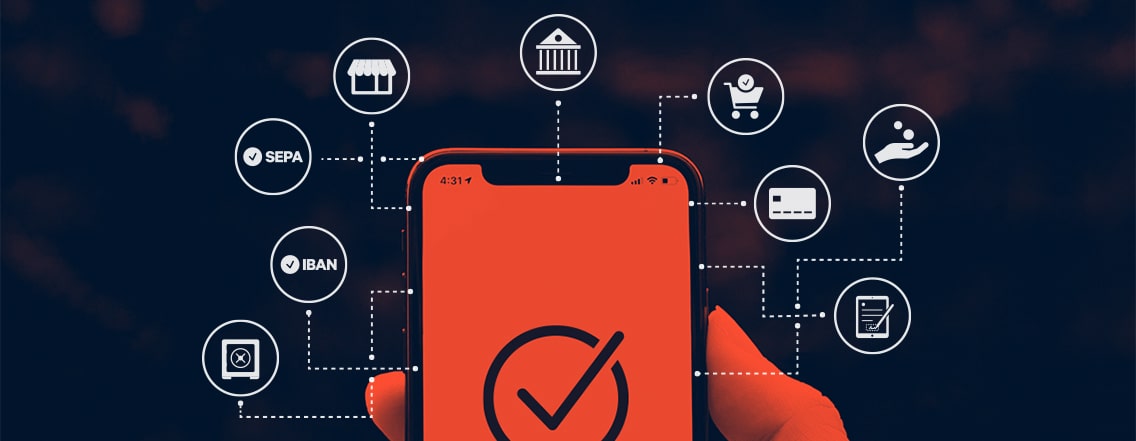The objectives of PSD2 (Payment Services Directive 2) have always been very clear: increase security of payments in Europe, promote innovation and adapt banking services to new technologies.
The need for speed is growing and has an impact on customer demands. This is also reflected in the financial world. Today, banks and financial institutions are expected to offer instant payment capabilities. Instant Payments enable real-time transactions by leveraging the intelligence of a payments API, solving major business problems: uncertain payment terms, difficult cash management and insecure payment processing.
PSD2 introduced two new services that it regulates and harmonizes: payment initiation services (PIS) and account information services (AIS). Both have numerous advantages for both consumers and merchants. PIS allows businesses to initiate payments directly from the customer’s bank account, with the customer’s permission, but, without the need to use a credit or debit card. In fact, it makes bank transfers a viable alternative for everyday purchases.
To summarize all the advantages of PIS, it could be said that it is the cheapest, fastest and safest method for online payments.
Merchants do not require any sensitive bank details, the customer connects directly to their bank’s portal to make the payment. This means they benefit from the bank’s security, including multi-factor authentication via fingerprint and PIN, for example. The bank portal is the only place where customers enter their data. It’s the ultimate in secure payments because you can’t lose what you don’t have. In addition, the payment validated by the payer is irrevocable. As soon as the money has been deposited in your bank account, any risk of conflict with your customers is eliminated.
Below we are going to detail some of the most interesting PSD2 and Instant Payment use cases.
Payment mix (PIS and SEPA Direct Debit)
In addition to the advantages listed above, PIS offers a secure and frictionless SEPA mandate signature. With a first PIS payment, it is possible to make the first settlement instantly and thus secure the money. Following this first payment, it is possible to receive the IBAN from the customer’s issuing bank which will be used to sign a mandate, without adding any further steps. Moreover, the IBAN collected will be 100% secure because it is issued directly from the bank.
In the same way as Card and SDD, PIS will allow us to combine the advantages of several payment methods. PIS will also allow us to expand our payment mix to better meet the needs of our merchants.
Recurring payment initiation using PIS
PIS would greatly benefit companies that have a subscription-based business model.
What would be the added value of payment initiation using PIS? When subscribing to a service or product, the customer would select their bank, consent to the first payment in their bank’s application and the first payment would be immediately processed, followed by the next ones from the subscription, also consented in this first step.
Merchants and customers will be able to benefit from the same security, lack of friction and cost advantages as with a one-off payment. It will also optimize recurring relationships, as the subscription will not be constrained by the validity of a credit card.
As the European leader in recurring payments, SlimPay will have the unique ability to cover the entire value chain of Instant Payments, from payment initiation and channel solutions that directly benefit the end customer, to processing and centralization of processing in a single Dashboard.




